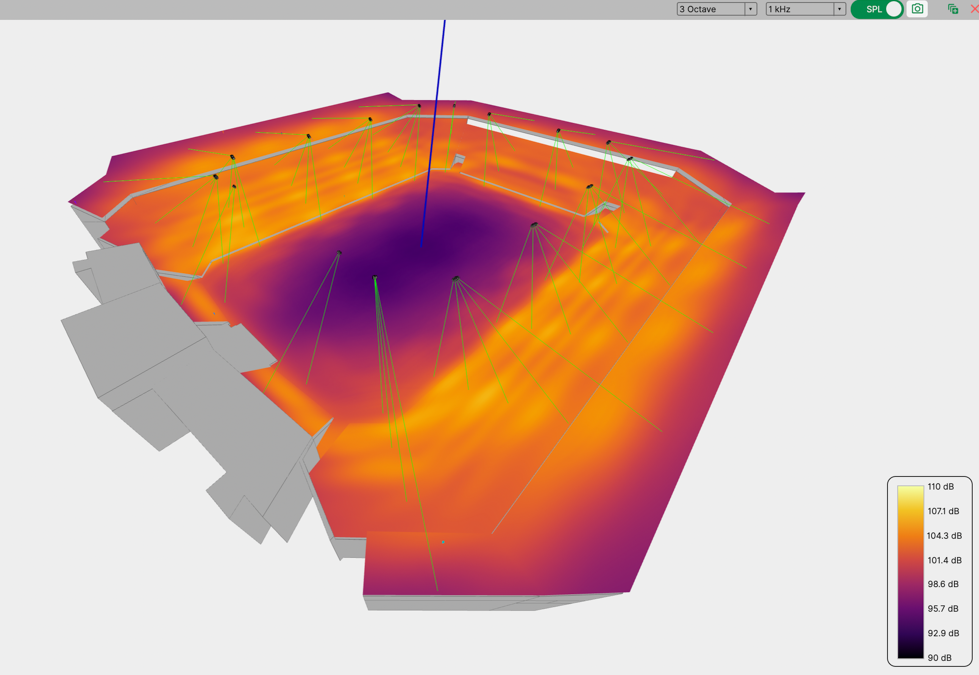Headliner discovers how CODA Audio systems helped solve the sonic puzzle of one of the world’s most ambitious shows…
Philippe Barguirdjian, sound engineer for Les 2000 Choristes events for 20 years now, was showing me the venue, Galaxie Amnéville. The stage has been graced by household names from Elton John to David Bowie, and even Snoop Dogg, and for three nights in May it would host an incredible spectacle, Les 2000 Choristes.
Conducted by Jacky Locks, Les 2000 Choristes is a fascinating mix of hobbyist and professional musicians, plus vocalists including Jean Baptiste Guegan and Anne Sila, celebrating the work of treasured French composer Jean-Jacques Goldman. Oh, and there’s the small matter of a 2,000 person choir.
The project started around 25 years ago, and has performed in varying sizes and with ever-evolving lineups (naturally). Jacky Locks has been the mainstay, and it is instantly clear from events on the stage just how passionate he is about the project.




